

East Indie Ducks
$35.00 – $90.00Price range: $35.00 through $90.00
Minimum Order Quantity 2
We raise these as pets – not meat. They share the most beautiful green feathers which is great if your favorite color is green. 🙂
The Black East Indies is a decorative breed of domestic ducks. In spite of the breed’s name, it was never developed or breed in the East Indies (now Southeast Asia). It was first bred in the United States in the early 19th century. Some raisers started to call it the East Indies and this particular breed is distinguished by its attractive appearance: jet black color, iridescent green feather coverings and dark bills.
The females can sometimes grow white tinge feathers as they mature. A bantam breed weighing around 2 lbs, Black East Indies are widely raised by hobbyists for exhibition purposes. Being small, they are known as good fliers. This breed was formally recognized by the American Poultry Association’s Standard of Perfection in 1875. The Black East Indies duck is very popular among raisers, and the breed has a docile temperament, they are basically more passive and obedient than Call ducks.
This breed has been known as the Black East Indies as early as 1865, but has been widely raised with different names such as Buenos Aires Duck, Black Brazilian and Labrador.
The Black East Indies Ducks is a very remarkable duck breed and is very easy to differentiate from other breeds due to their plumage that is basically dark green. They have short black bills and their legs are either grey or black. Some female of this breed can have a white feather covering in the tail region, males can weigh about 5-7 lbs and the females can weigh about 4-5 lbs. As ducklings, they have a distinct black plumage, and gradually changes to green sheens as they mature.
This breed is very domineering and strong. They do not like to remain dormant for too long because they are very active. The striking feature about the Black East Indies Ducks is that their eggs are primarily heavy gray, but then changes to a brighter shade before they are hatched.
Most East Indies ducks are kept as pairs or trios, based on the drakes’ level of energy. They can lay at least 100 eggs every year, and will not sit and brood their eggs if they are touched by humans. As they are very good fliers, they tend to fly and escape the coop so you can clip their wings or pinion them. However, before pinioning, you should consult a veterinarian as they should be administered when only necessary.
Like the Cayuga breed’s solid plumage, the runners in the females will usually fade and white feathers appear as they age. However, they can still produce offspring. A white plumage in the Black East Indies Drakes can appear in the chest as they mature.
Like most duck breeds, the Black East Indies breed is very easy to keep. Most raisers keep this breed for domestic and ornamental purposes. They can also be raised in the suburbs because they are handy, but you should pinion them if you don’t want them to escape. If you have a baby pool, you can use it for their swimming area. Most hobbyists raise the breed because they provide relaxation when they glide effortlessly through a pond or any water surface.
| Available |
Each ,Pair ,Trio |
|---|

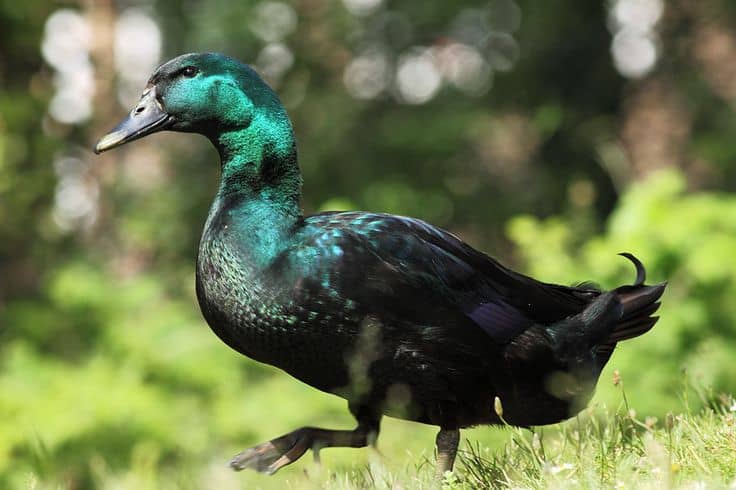
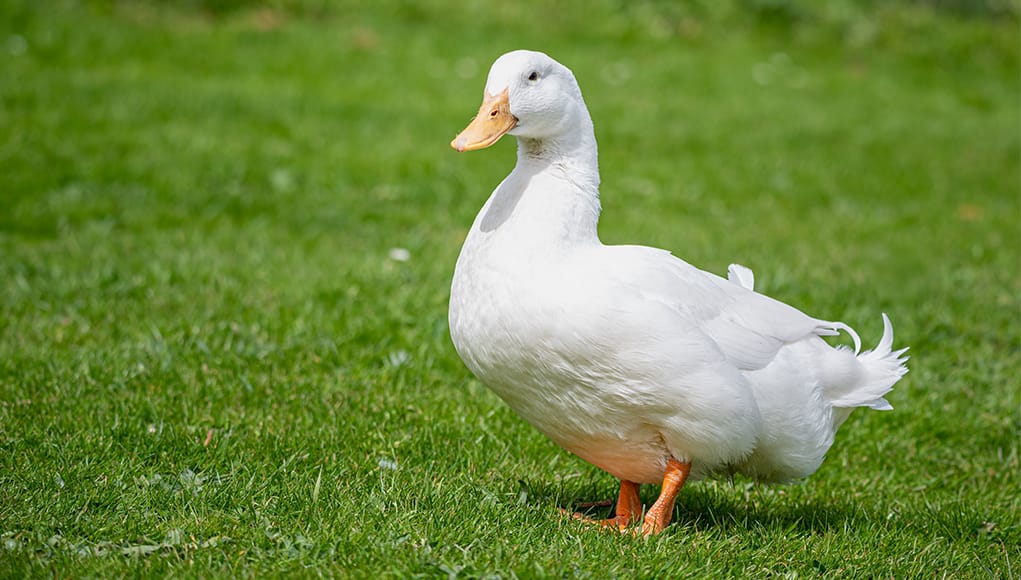


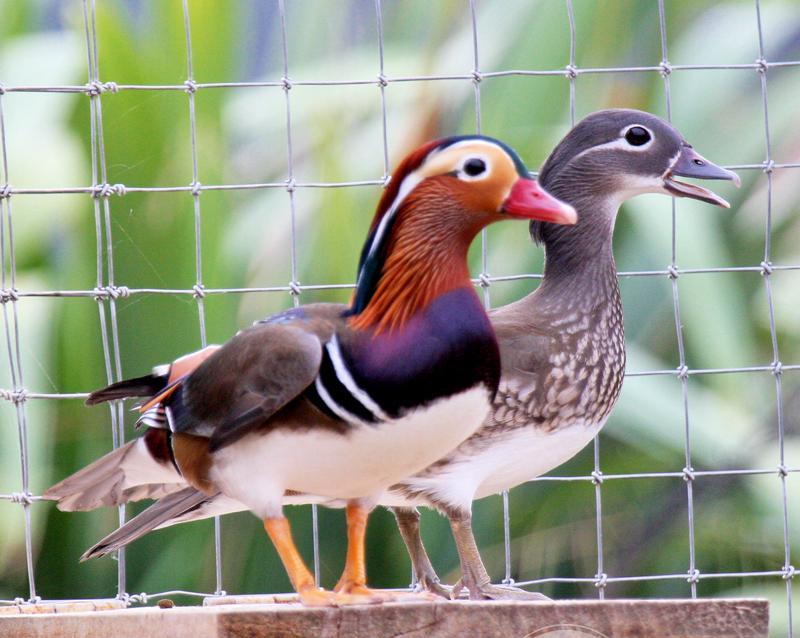
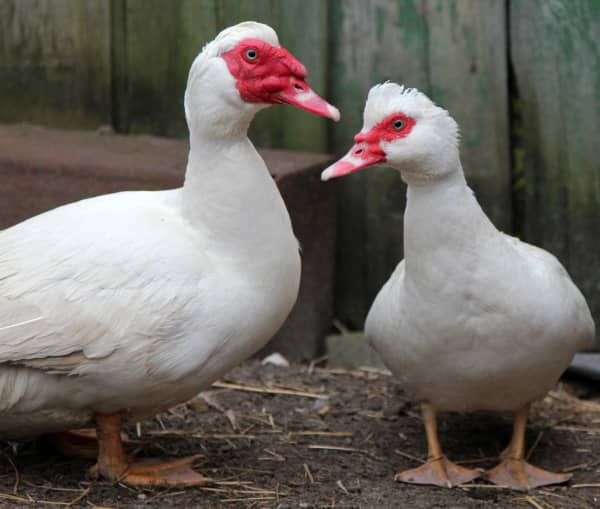
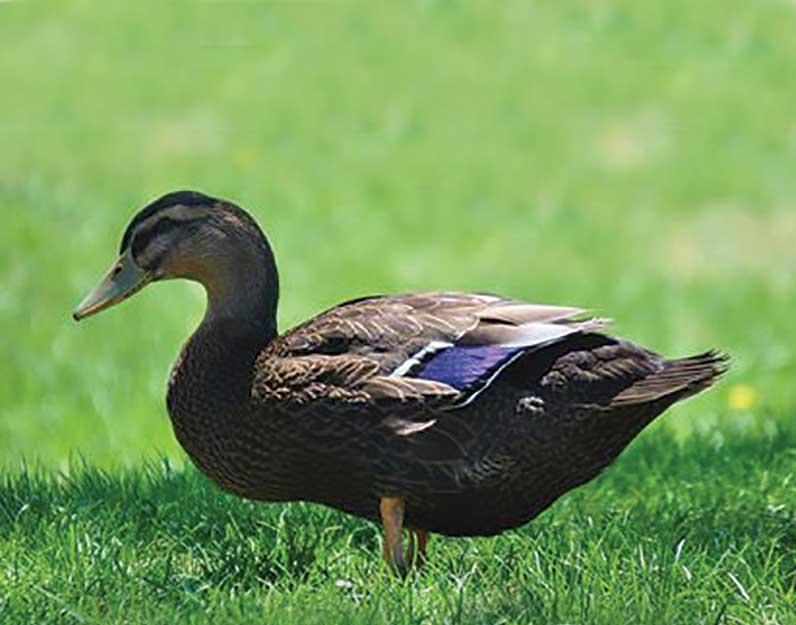
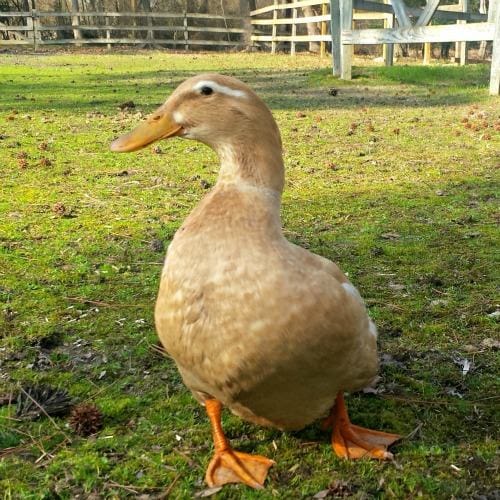
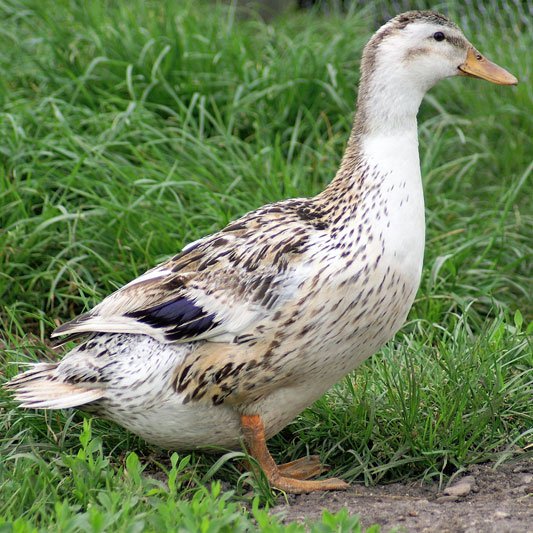
Ava Clark (verified owner) –
Mixed feelings – some chicks were healthy, others not so much.
William Davis (verified owner) –
The delivery was late, and a couple of chicks didn’t survive.
Isabella Morgan (verified owner) –
Good quality birds, but the shipping took a little longer than I hoped.
Dylan Foster (verified owner) –
Chicks were smaller and weaker than expected.
Logan Bennett (verified owner) –
Happy with the quality, but the tracking info wasn’t updated promptly.
William Davis (verified owner) –
Chicks are healthy, but I wish the packaging was more secure.
Olivia Morgan (verified owner) –
The order arrived, but the packaging wasn’t the best.
Connor Blake (verified owner) –
Received healthy chicks, and they arrived on time! Highly recommend.
Madison Taylor (verified owner) –
Satisfied with the chicks, though one didn’t make it past the first week.
Tyler Reed (verified owner) –
The delivery was late, and a couple of chicks didn’t survive.
Scarlett Walker (verified owner) –
“Satisfied with my purchase, but communication could be better.”
Hannah Reed (verified owner) –
Ordered several times, and the chicks always arrive in great shape.
Sophia Bennett (verified owner) –
Reliable farm, and the chicks are top quality. Highly recommend.
Mia Thompson (verified owner) –
Good quality birds, but the shipping took a little longer than I hoped.
Lily Harris (verified owner) –
CaydenJamesFarm exceeded my expectations! Healthy chicks and quick delivery.
Connor Blake (verified owner) –
Chicks are doing well, though the packaging could be improved.
Ryan Mitchell (verified owner) –
Amazing quality and great communication. Will be a repeat customer.